 |
 |
TIWANAKU - BOLIVIA
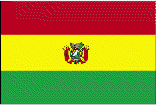 |
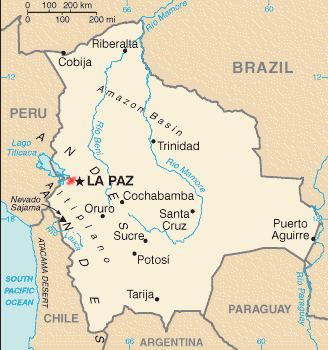 |
| Location: | Geographic coordinates: | Area: | Area - comparative: |
| Central South America, southwest of Brazil | 17 00 S, 65 00 W | total: 1,098,580 sq km | slightly less than three times the size of Montana |
| Population: | Languages: | Capital: | Currency: |
| 8,724,156 (July 2004 est.) | Spanish (official), Quechua (official), Aymara (official) | La Paz (seat of government); Sucre (legal capital and seat of judiciary) | boliviano (BOB) |
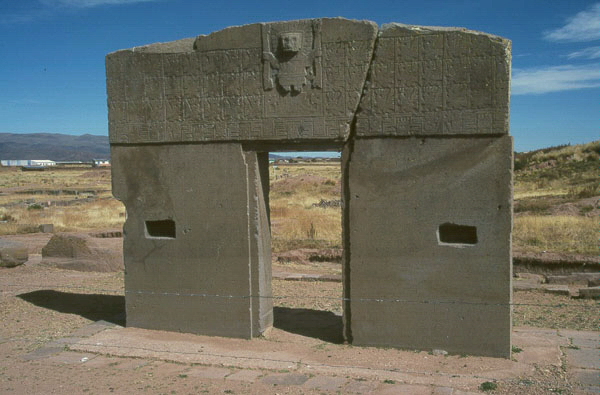
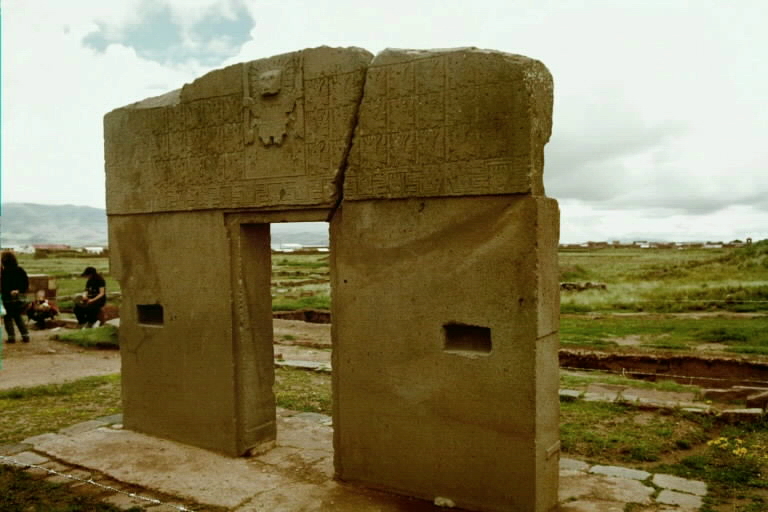
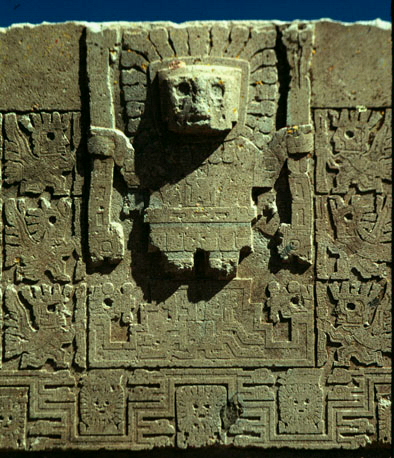
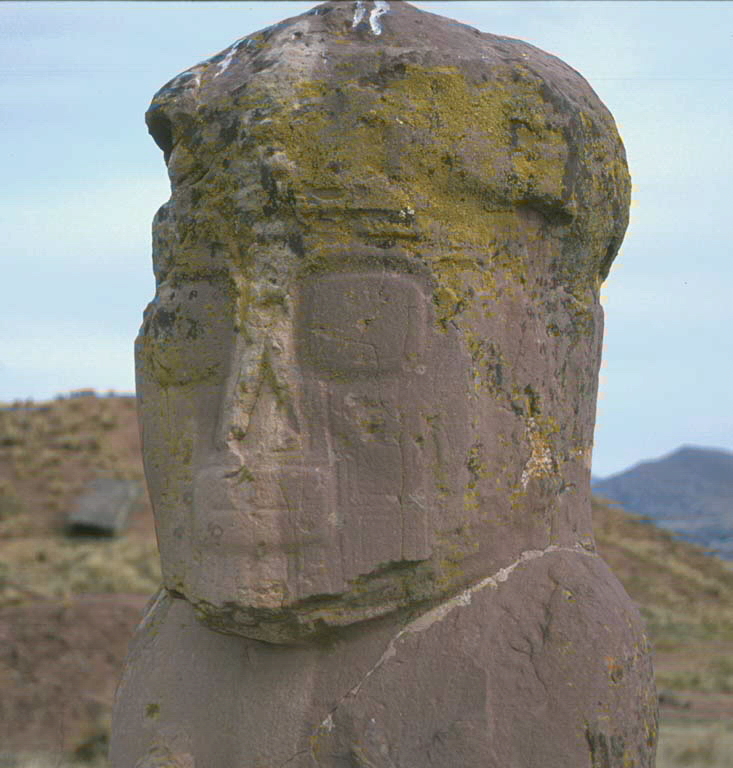
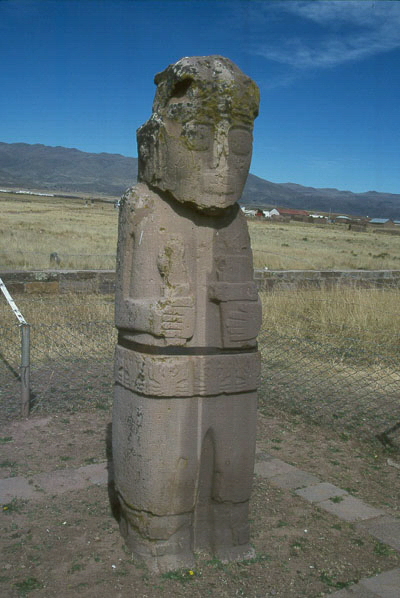
| Types of rocks used on the monument: |
Andesite (an igneous rock) was used for the "Sun Gate" and the monoliths were carved from Sandstone (a sedimentray rock). |
Tiwanaku, also called Tiahuanaco, is Bolivia's premiere archaeological site. Easily reached from La Paz (three hours by car, train or bus on the road to Desaguadero, Peru) and Lake Titicaca, the ruins are the remains of a pre-Inca civilization dating from about 600 BC. The site is thought to have once bordered the lake, and to have been an important ceremonial center. The influence of this civilization was far-reaching, extending even to the coast of Peru where Tiahuanaco artifacts are common, and believed to be more advanced than the Incas in art, pottery, astronomy and mathematics.
Legend has it that Tiwanaku was created overnight by a race of giants, and the size lends credence to that myth. By the time the Inca civilization developed at Lake Titicaca, Tiwanaku was already in ruins, most likely the result of earthquake activity. The site at Tiwanaku is still under exploration, though many of the monoliths have been moved to the Museo Nacional de Arqueología in La Paz for preservation and easier viewing. Still on site are the Gate of the Sun, Acapana Pyramid, Kalasaya compound and rooms cut from stone with stone faces carved into the walls. Other ruins include the semi-subterranean temple and the Puma Punku, the Gateway of the Puma, compound across the railroad tracks from Tiwanaku. The Tiwanaku civilization was agrarian, and supported a large population. Theory has it that when the lake receded, and a drought restricted crop growth, the culture declined. Over the years, stones from the Tiwanaku site have been used in construction elsewhere.
© Guillermo Rocha, P. G. / Brooklyn College Geology Department